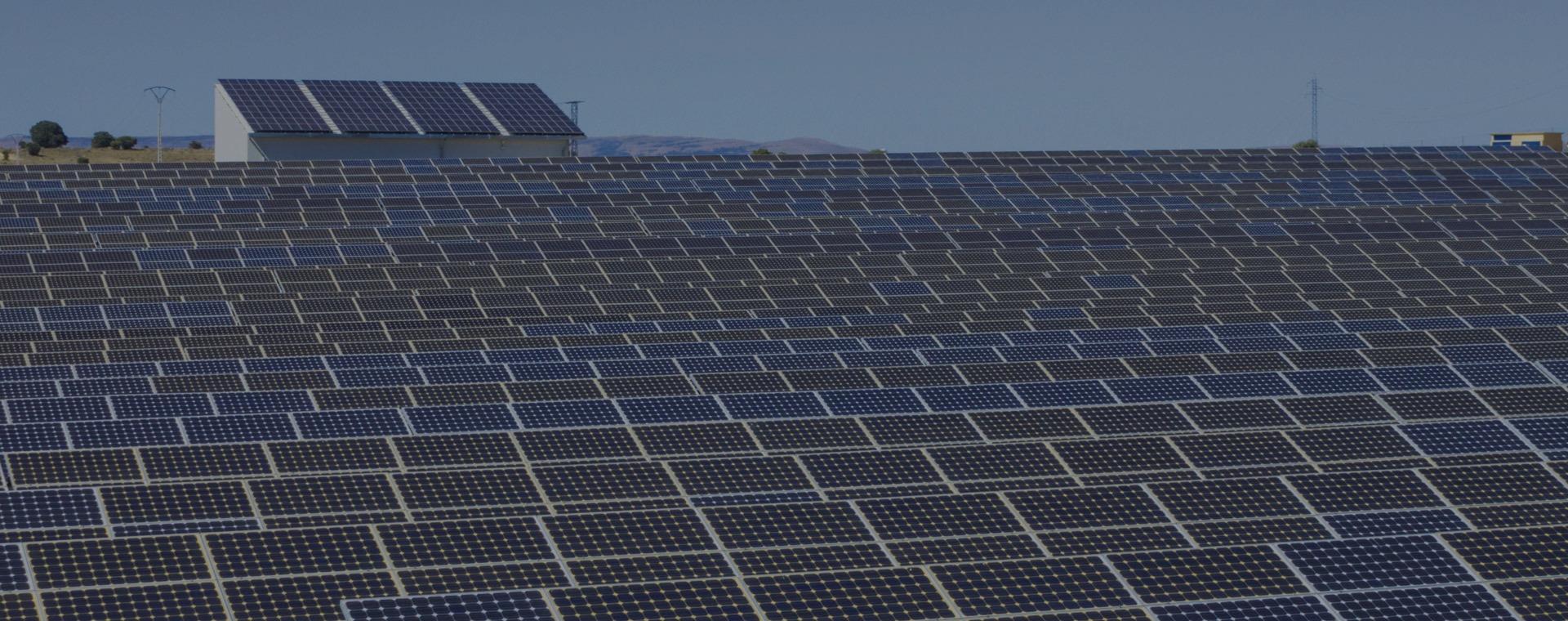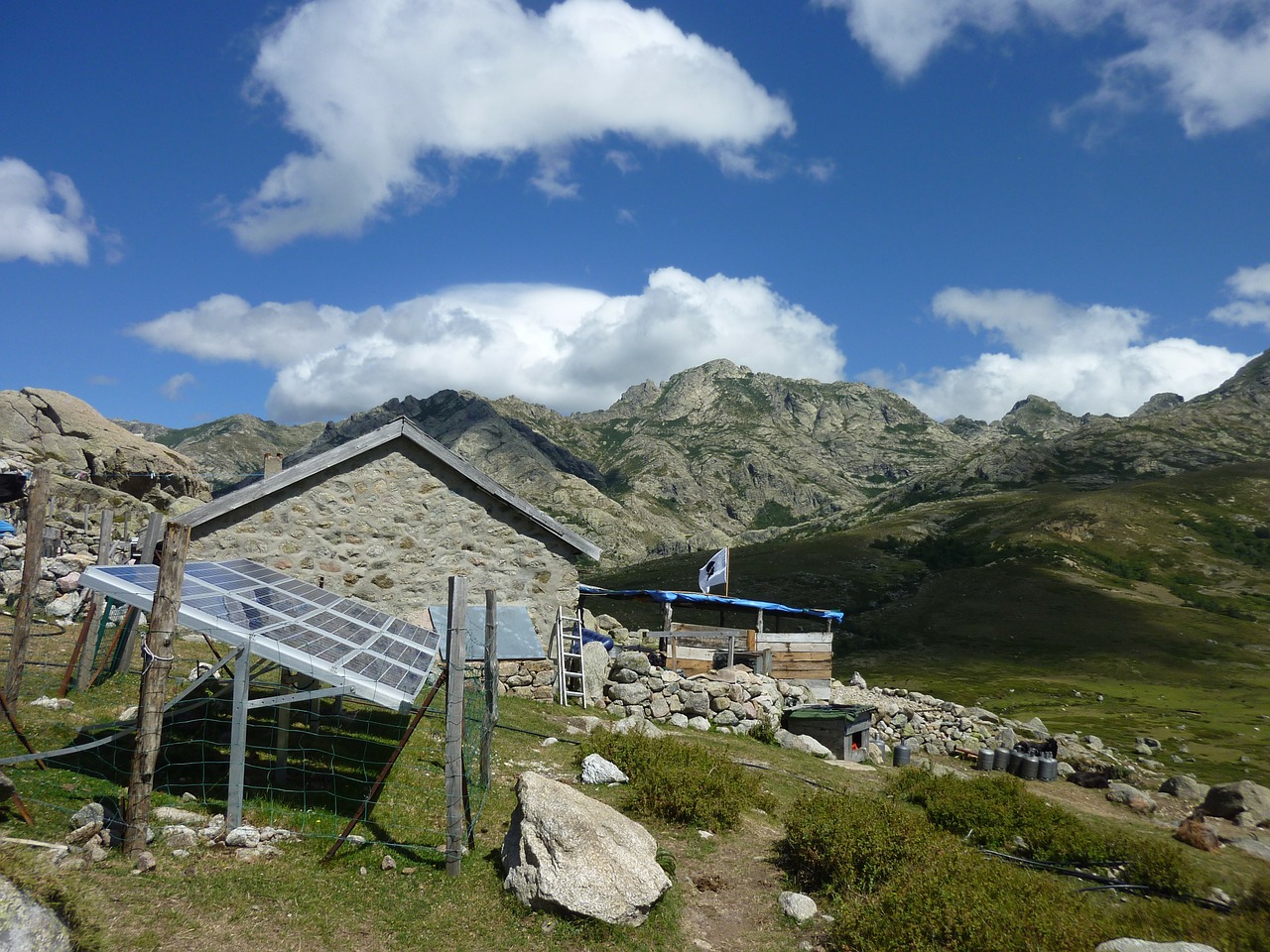Two seemingly separate trends are currently colliding. One is the more severe and widespread damage being inflicted on electric grids during natural disasters, especially from the increasingly stronger storms like hurricane Maria that devastated Puerto Rico. The second is the many technological advances in solar power generation and energy storage, which also lead to ongoing cost reductions across the solar value chain.
The prospect of using solar power on a temporary basis, including for disaster response and recovery, is not new, of course. Indeed, Hurricane Hugo in 1988 is believed to be the first time that solar power was used for relief in the aftermath of a natural disaster. Despite the fact that solar PV and related technologies have advanced considerably during the nearly three decades since then, diesel gensets continue to dominate disaster relief efforts. So is it finally time for the solar energy industry to get serious about this growing need?
The Case for Solar
Time, and not cost or capacity, is now the most critical factor for why solar power affords a viable, and often superior, alternative to gensets for disaster relief. When immediate failover from the electric grid is critical, as it is for hospitals, it is difficult to compete with standby generators powered by diesel fuel, liquid natural gas or propane. Even a hospital on a solar-powered microgrid would likely have a backup generator.
When response can occur on the order of hours or days, however, with systems being hauled or flown in, the playing field is now fairly level. For systems with a comparable size and weight (including battery storage for the solar system), the generator will likely have an advantage in terms of kilowatts produced. But generators need fuel, which must also be hauled or flown in, and not just once, but for as long as power is needed.
This need to continuously refuel generators is what gives solar its major advantage: The longer it might take to fully restore the electric grid, the better the case for solar. This is especially true for modular ground mount solar arrays, which scale more easily and cost-effectively than other configurations (covered next). And the longer the recovery period, the greater the advantage solar+storage solutions enjoy.
Scaling Solar Power
During periods of disaster response, localized needs for temporary power can range from 100 watts to 100 kW, and this can also be an advantage for solar. At the risk of over-simplification, portable solar systems are available in four configurations: suitcase, trailer, container and full array. Each has a role to play in different use cases in virtually every disaster response and recovery scenario.
The suitcase is ideal for restoring communications by providing power for both portable 3G/4G cells and user device charging stations. These systems, which can also be used to power some medical equipment, range in size from around 50 to 200 watts with between 10 and 100 amp-hours of battery storage.
The typical trailer might have a 5-kW solar array and 100-200 kWh of storage, and can be fully operational in less than 30 minutes. The higher capacities make these suitable for powering small medical clinics and shelters.
Shipping containers are commonly used to transport equipment and supplies during disaster relief efforts, and they are also ideal for packaging a complete solar+storage power station. A 20-foot container, for example, could support up to 50 kW of power and 500 KWh of storage to accommodate larger clinics, shelters and businesses, as well as small hotels, apartments, and water pumps or wells.
Those three systems are commercially available in different sizes to meet different needs, not only for disaster relief, but also for temporary/tactical deployments, such as those needed by the military. What has been lacking for solar power is a configuration that scales more cost-effectively, and the portable and modular ground mount solar array is now filling this need.
Making modular ground mount solar arrays portable and suitable for disaster response and recovery requires that the entire system—including its foundation—be installable quickly by small crews using only handheld tools. The earth anchor, which has long been used by electric utilities for guy-wiring powerline poles, provides the basic technology needed to make such simple installation possible.
For example, a complete, pre-assembled 5-kW system, which can be delivered folded on a trailer or truck, or in a shipping container, can be installed by a three-person crew in about an hour. The entire system is just as quickly and easily uninstalled (to be “lifted and shifted” to another site or stored in preparation for the next disaster), leaving behind only the relatively inexpensive earth anchors, and those can even be removed if required.
In addition to their virtually unlimited scalability, these “temporary” modular ground mount solar systems have one other advantage that also involves time: They can become permanent in distributed microgrids, even in hurricane-prone places like Puerto Rico. Rigorous testing in wind tunnels has certified a standard earth anchor as being able to secure uplift forces caused by 150 miles-per-hour winds—a category 4 hurricane. For greater protection, stronger and/or additional earth anchors can be used.
A Call to Action
If every vendor involved in solar power generation or storage pursued some disaster response and recovery initiative, whether alone or in partnerships, this source of renewable energy could put a major dent in diesel’s dominance. To assist with relief efforts in Puerto Rico and prove the viability of modular ground mount solar+storage, we partnered with Tabuchi Electric to donate 10 complete systems, each consisting of an Osprey PowerPlatform, 16 solar panels and an Eco Intelligent Battery System (EIBS), along with any staff resources needed. Given that the use of diesel and other fossil fuels contributes to storms becoming stronger and more frequent, it really is time for the solar industry to start getting serious about disaster response and recovery.
Source: http://www.renewableenergyworld.com/articles/2017/10/getting-serious-about-solar-for-disaster-response-and-recovery.html


